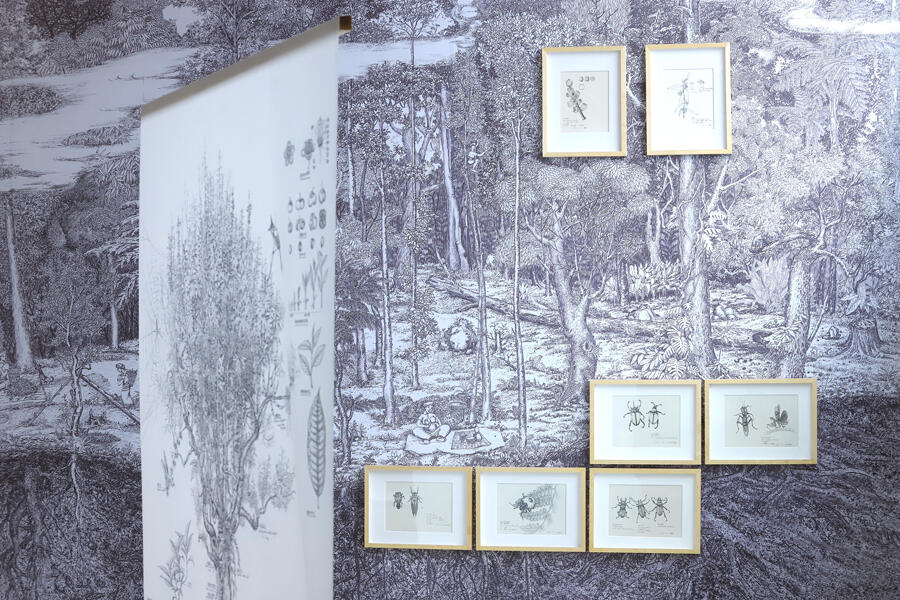
The Bukhara Biennial: A Heartfelt Artistic Journey

BUKHARA, Uzbekistan — The inaugural Bukhara Biennial, bearing the title “Recipes for Broken Hearts,” is a significant cultural event that highlights the transformative potential of art. Curated by Diana Campbell and Gayane Umerova, the biennial reimagines Bukhara’s traditional spaces, such as caravanserais, madrasas, and mosques, turning them into dynamic art galleries. It exclusively features works by over 70 Uzbek artists, who occasionally collaborate with international creators, emphasizing local artistic voices.
The biennial showcases pieces like “Longing” by Hylozoic/Desires and Rasuljon Mirzaahmedov, intertwining thousands of meters of vibrant ikat textile throughout the city’s architectural spaces, symbolizing resilience and cultural tapestry. Equally captivating is “Eight Lives” by Oyjon Khayrullaeva and collaborators, using traditional ceramics to celebrate Bukharian female networks of care.
The event draws significant local interest, offering free access to its compelling installations, which resonate with Bukhara’s rich historical narrative and contemporary social issues. Despite its cultural achievements, the biennial raises concerns of government-backed artwashing, amidst UNESCO’s warnings about unchecked development potentially eroding the city’s historic charm.
Notable installations include Dana Awartani and Behzod Turdiyev’s “Standing by the Ruins IV,” reconstructing lost Palestinian motifs, while Hera Büyüktasciyan and Isiom Khudoyberdiev’s “Under the Mulberry Tree, the Wind Sang Our Names” offers a poignant reflection on identity and intergenerational memory.
Though framed within a socio-political context that includes allegations of censorship and human rights infringements, the Bukhara Biennial stands out with its authentic engagement with place and history, inviting reflection on art’s dual role as an enabler of dialogue and a potential instrument of state narratives. The biennial continues to push boundaries, leaving a thought-provoking mark on Central Asia’s cultural landscape.